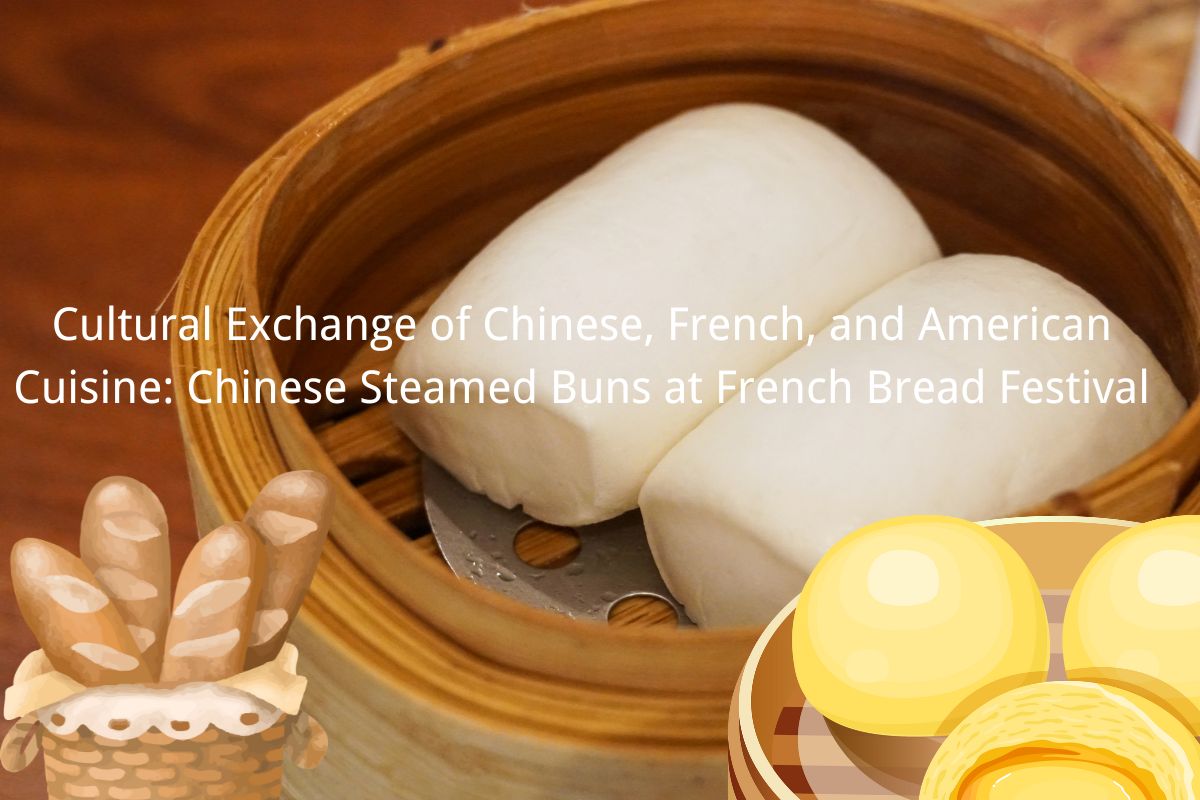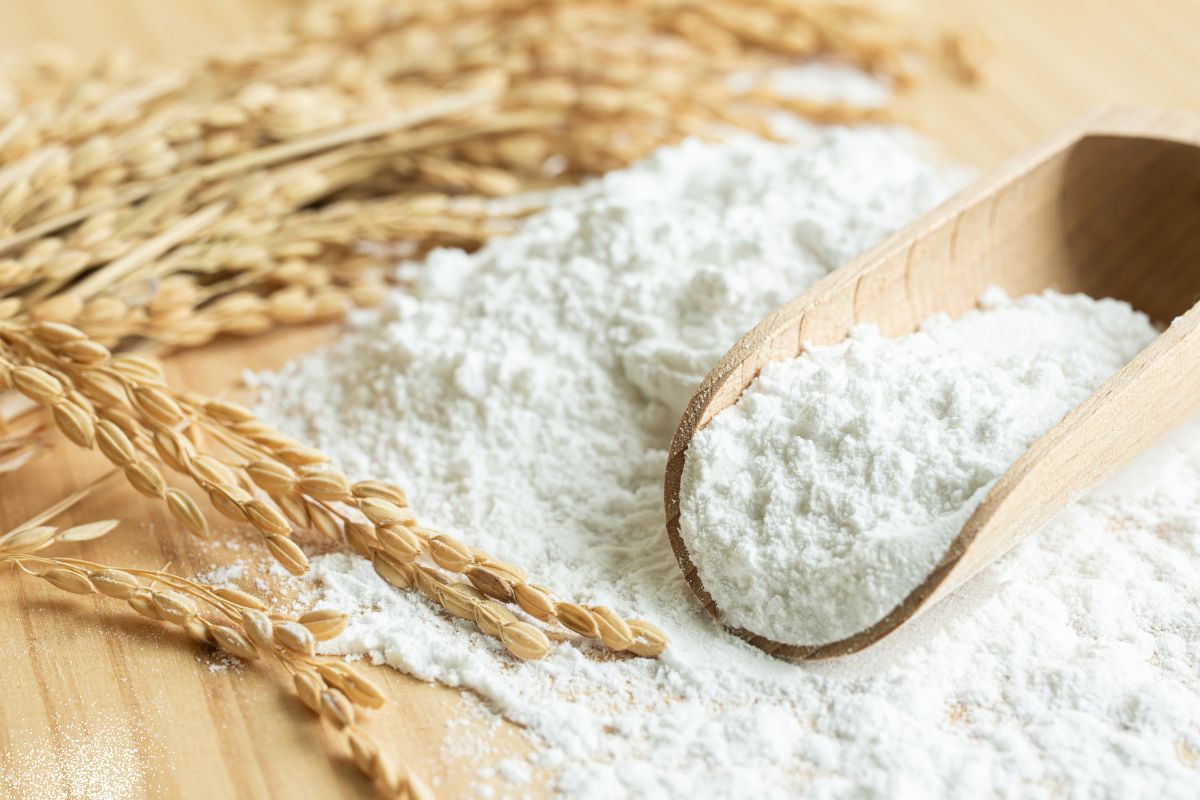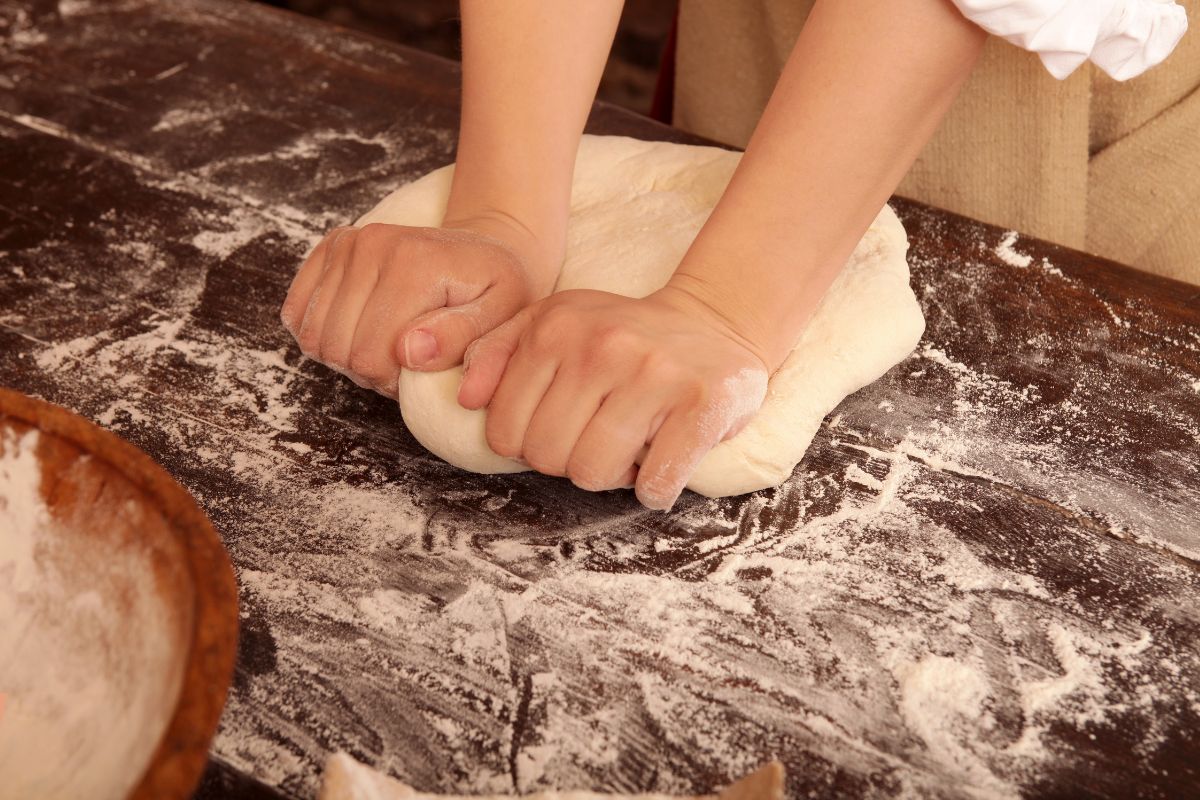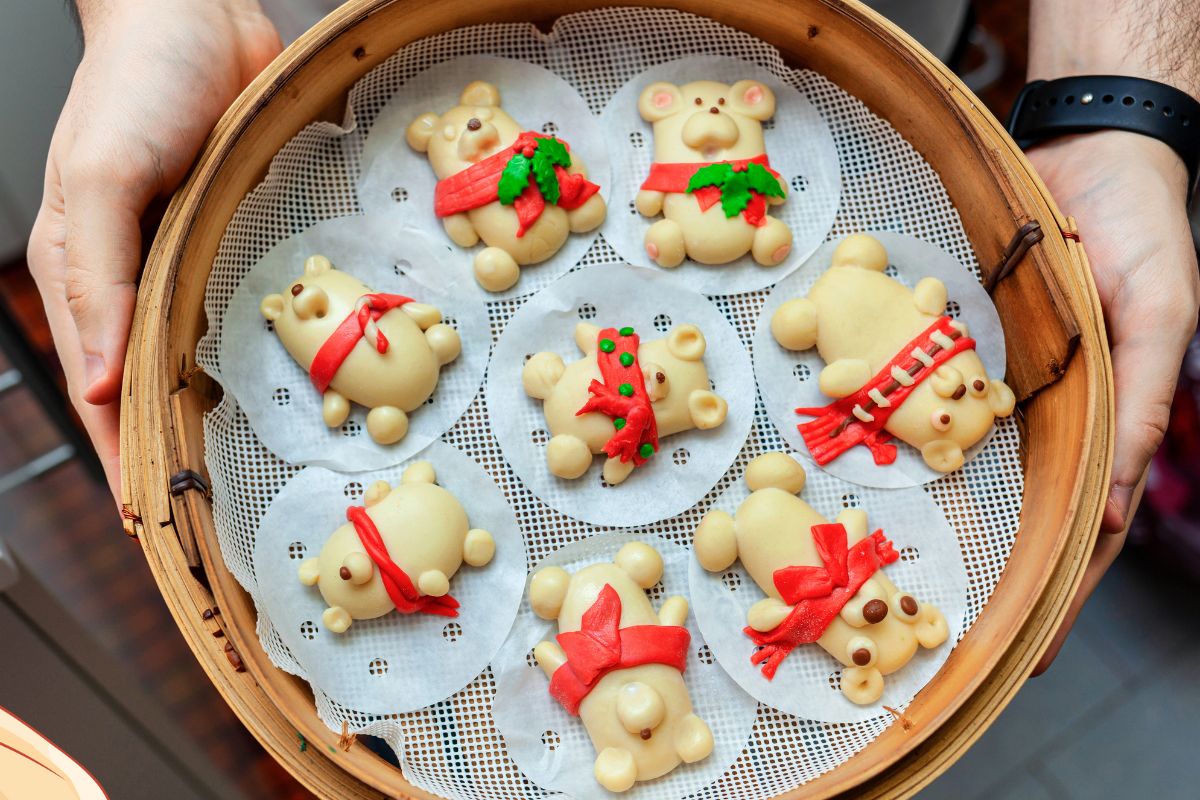Cultural Exchange of Chinese, French, and American Cuisine: Chinese Steamed Buns at French Bread Festival
When it comes to bread, you are surely familiar with it. Similar to rice and noodles in China, bread must be a staple on your dining table. Although they may lack any extraordinary features, often the simplest things embody the most profound cultural essence. For instance, in France, there is a festival dedicated to bread where people give bread special honor and partake in many interesting activities. What is intriguing is that this year in May, Chinese steamed buns have also made their entry into the competition. This article will introduce this remarkable phenomenon to you!

What is Chinese Steamed Buns
Chinese steamed buns are traditional staple food with a long history that dates back thousands of years. They are indispensable on many Chinese dining tables. Although they are very common, making steamed buns is still a craft in itself!
To make steamed buns, in simple terms, wheat flour, water, and yeast (or pre-fermented dough, known as old dough) are mixed together. By kneading the dough, letting it rise peacefully, shaping it into lovely forms, and then steaming it, chubby and white steamed buns are created.

Sometimes, to add different flavors and nutrition, people also mix some cornmeal or other grain flour into the wheat flour. Making steamed buns is a craft. If your steamed buns are soft and chewy, with a fine and tight structure, a sweet taste, a slightly chewy crust, then they are undoubtedly very successful!
Methods of Consumption
Whether it is breakfast to start the day or a key element in a meal, steamed buns are widely appreciated. People can savor its simple flavor directly, or pair it creatively with various dishes, delicious sauces, or hot soup to enhance the taste. What's more interesting is that traveling across the vast regions of China, you will discover each place has its own innovative ways to enjoy steamed buns by cleverly blending them with locally beloved ingredients, creating unique regional delicacies!

Advantages of Chinese Steamed Buns
With the increasing emphasis on healthy eating habits, low-fat and non-additive oil foods are gradually becoming people's new favorites. Chinese steamed buns, with their simple ingredients (mainly flour面粉 (miàn fěn), water, plus yeast or old dough fermentation) and the healthy cooking method of steaming, perfectly align with the trend of modern individuals seeking healthy eating habits. Introducing steamed buns at the French Bread Festival, precisely attracts consumers who are eager for healthier bread options, providing them a delightful and nutritious alternative.

面粉 (miàn fěn), noun, flour
Examples:
- I'd like to buy two hundred grams of flour to make a pancake.
我想买200克面粉做煎饼。
wǒ xiǎnɡ mǎi kè miàn fěn zuò jiān bǐnɡ 。 - These pastries are made of flour.
这些糕点是由面粉做的。
zhè xiē ɡāo diǎn shì yóu miàn fěn zuò de 。
New Considerations for Chinese Steamed Buns at the French Bread Festival
When "bread" is mentioned, most people may think of Western baking techniques, but Oriental authentic cuisine—steamed buns, equally possesses a long history of crafting techniques and profound cultural significance. From fermentation发酵(fā jiào), kneading, shaping, to steaming, each step is not only a fine display of craftsmanship but also a crystallization of traditional wisdom passed down through generations. This refined crafting technique, akin to the meticulous production of French bread, both symbolizes the spirit of craftsmanship. Therefore, the art of making steamed buns should receive similar praise and recognition on the world stage.

发酵 (fā jiào), noun, fermentation
Examples:
- Fermentation is the final process.
最后一步是发酵。
zuì hòu yí bù shì fā jiào 。 - Fermentation is a very important step.
发酵是很重要的一个步骤。
fā jiào shì hěn zhònɡ yào de yí ɡè bù zhòu 。
As a representation of rich and diverse traditional staple foods, Chinese steamed buns, ranging from basic white steamed buns to various creative rolls, each carries deep cultural connotations and regional features. Their appearance at the French Bread Festival is not only a hallmark of Chinese cuisine but also a window for friends from all over the world to experience the profound and extensive Chinese culinary culture, and savor the oriental flavor distinct from European-style bread!
Inspiring Innovation
As steamed buns enter the French Bread Festival, it is not merely a cultural display but a spark to inspire culinary innovation. Chefs and pastry masters at such intersections may cleverly blend the traditional Chinese steamed bun techniques with the exquisite flavors of French bread. They may try adding French specialties, such as captivating herbs and rich cheese, to create uniquely flavored creative steamed buns; or conversely, utilize the steaming process of steamed buns to invent new varieties of bread. Such exchanges not only enrich the choices on the dining table but also promote deep-level interaction and fusion of culinary cultures between China and France, enabling people to experience the wonderful collision of intercultural flavors in every bite!
